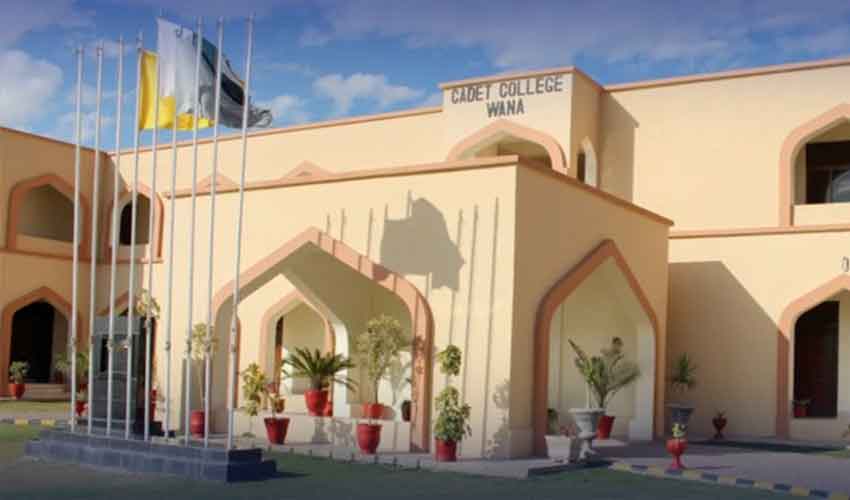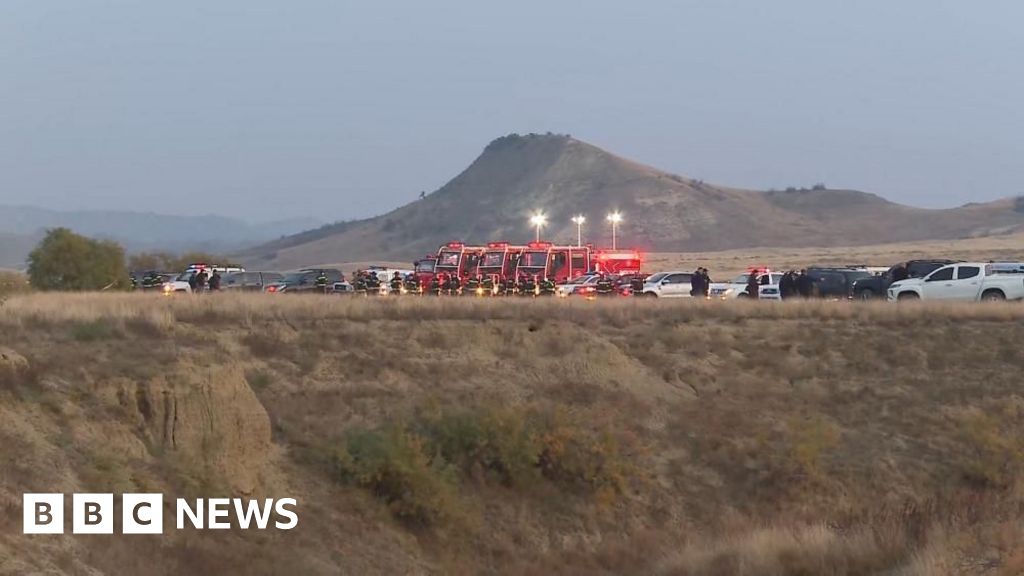A NOTE FROM SCOTT Since our last check-in two weeks ago, the embargo lifted that had prevented pundits from talking about Universal’s Wicked: For Good, the second installment of Jon M. Chu’s big screen adaptation of the hit…
Author: admin
-

Elle Fanning Trots Out New Bottega
At long last, Louise Trotter’s Bottega Veneta debut is making its way off the runway and onto the streets. And who better to take it for a test drive than Elle Fanning?
The actor is keeping plenty busy with film promotion this week: As Predator:…
Continue Reading
-
Just a moment…
Just a moment… This request seems a bit unusual, so we need to confirm that you’re human. Please press and hold the button until it turns completely green. Thank you for your cooperation!
Continue Reading
-

Mpox infection triggers stronger, longer-term protection than vaccination, study suggests
Infection with the mpox virus (MPXV) confers strong immunity against future infection for up to two years, compared with vaccine-conferred protection, which wanes with time and requires boosting, researchers in Belgium and the Netherlands
Continue Reading
-

All militants killed in Wana Cadet College attack
All militants involved in the attack on Cadet College Wana have been killed, according to security sources.
The operation successfully neutralised a suicide bomber and four other attackers, while no student or…
Continue Reading
-

Use nutrition assessment to guide diabetes care in dogs and cats
dvm360: How does your nutrition background frame your perspective when treating a diabetic dog or cat?
Cline: “Nutrition assessment is going to be really essential in a newly diagnosed diabetic dog and cat. It’s not just managing them…Continue Reading
-

Turkish military cargo plane crashes with at least 20 on board near Georgia and Azerbaijan border
A Turkish military cargo plane carrying at least 20 people has crashed near the Azerbaijan-Georgia border, Turkey’s defence ministry has said.
Officials have not confirmed the number of casualties, but Turkish President Recep Tayyip Erdogan…
Continue Reading
-
The promise and the perils of using AI for therapy – The Economist
- The promise and the perils of using AI for therapy The Economist
- ‘You’re not rushing. You’re just ready:’ Parents say ChatGPT encouraged son to kill himself CNN
- ‘A predator in your home’: Mothers say chatbots encouraged their sons to kill themselves BBC
- The New Brutality of OpenAI The Atlantic
- ChatGPT Now Linked to Way More Deaths Than the Caffeinated Lemonade That Panera Pulled Off the Market in Disgrace Futurism
Continue Reading
-
Just a moment…
Just a moment… This request seems a bit unusual, so we need to confirm that you’re human. Please press and hold the button until it turns completely green. Thank you for your cooperation!
Continue Reading
-

Dementia Symptoms: 10 early signs of dementia that appear years before the onset of the disease |
Dementia doesn’t appear overnight. Its roots can stretch back a decade or more, silently altering the brain. Many people dismiss subtle changes in memory, mood, or daily functioning as normal aging. However, a landmark study found that lower…
Continue Reading
